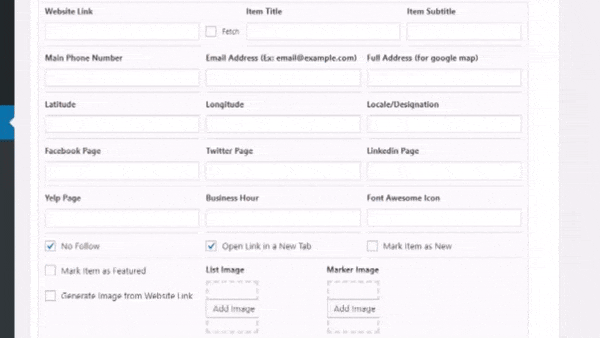


Check filter membership that is, if you have a Value List filter containing keywords, such as RED, ORANGE, and YELLOW, and you enter BLUE, you'll receive an error message, because BLUE isn't found in the Value List filter.Check that the value the user entered is of the right type (for example, entering a raster instead of a feature class or alphabet characters instead of a number).If a parameter is required, check whether it's empty (nothing entered yet) and, if so, post the Value is required message to the tool dialog box.This part of validation is referred to as internal validation (or basic validation), since it is the basic validation done internally by geoprocessing in ArcGIS.įirst, take a look at what internal validation does: The part that ArcGIS does automatically for you.The part that you can do by adding code.Validation means checking that all tool parameters are correct and providing useful messages if they are not. System tools (those provided by Esri) have always had the capability to react to user input and subsequently modify the tool dialog box as described above. Validation is performed with a block of Python code that geoprocessing uses to control how the tool dialog box and Python window change based on user input. By updating the description, subsequent tools in ModelBuilder can see pending data characteristics prior to any tool being run. Update the description of output datasets for use in ModelBuilder.Categories are expandable window shades with a collection of parameters.

Put parameters in different categories.This effect is seen on several system geoprocessing tools such as the Add Field tool where the need for several parameters is dependent on the field type. When a parameter is disabled, it will disappear from view on the tool dialog box, and when reenabled, it will reappear.


 0 kommentar(er)
0 kommentar(er)
